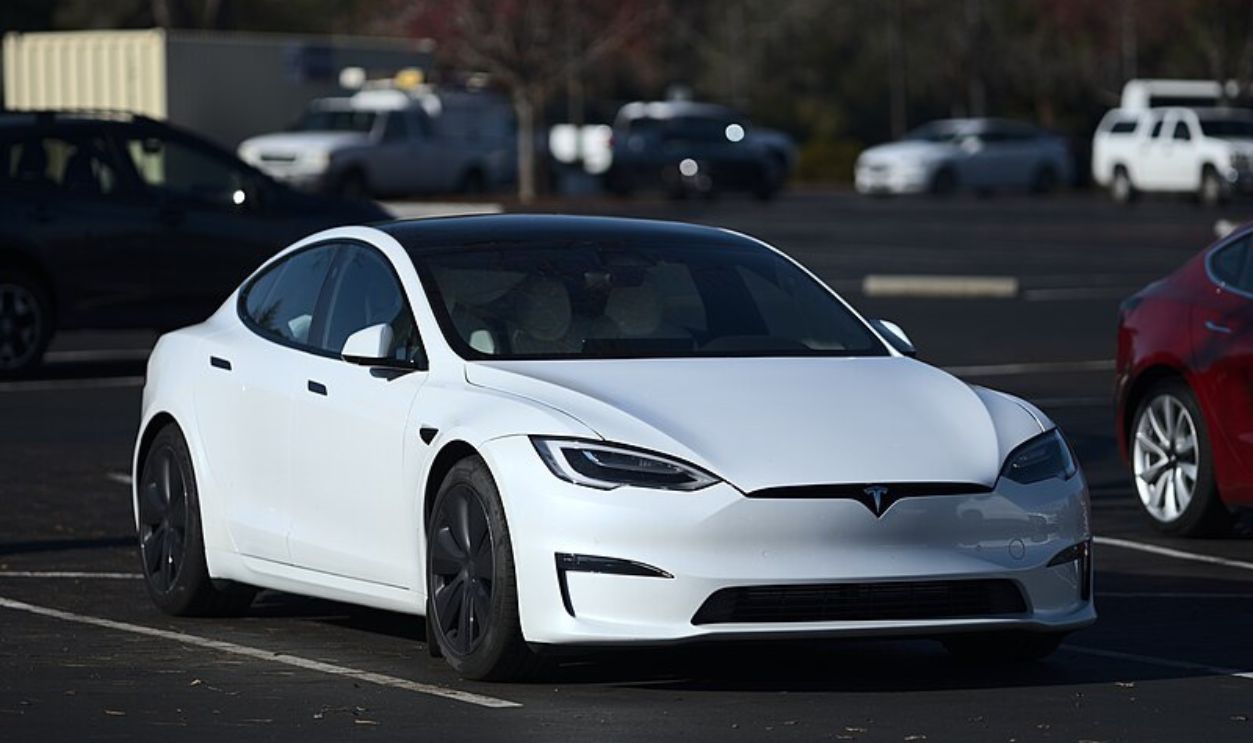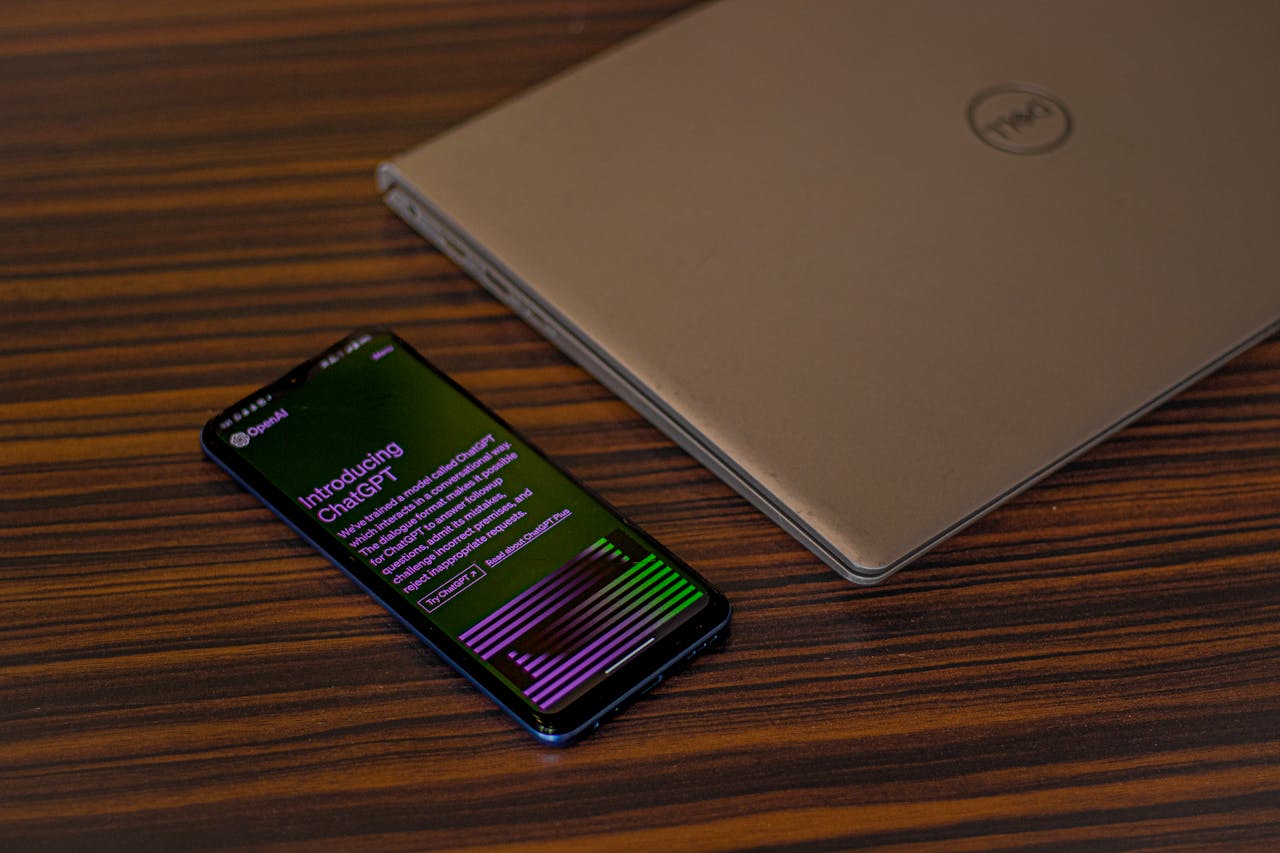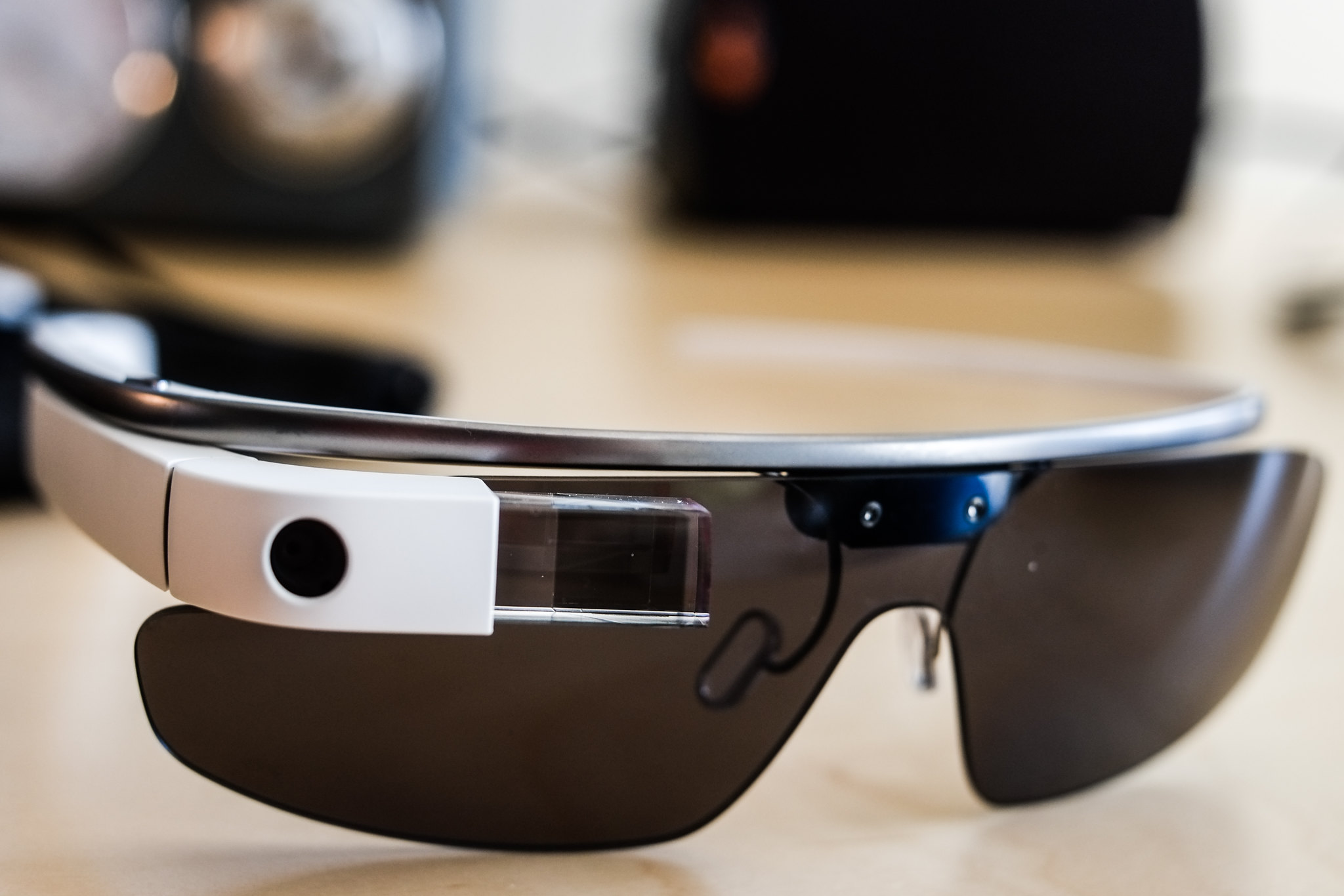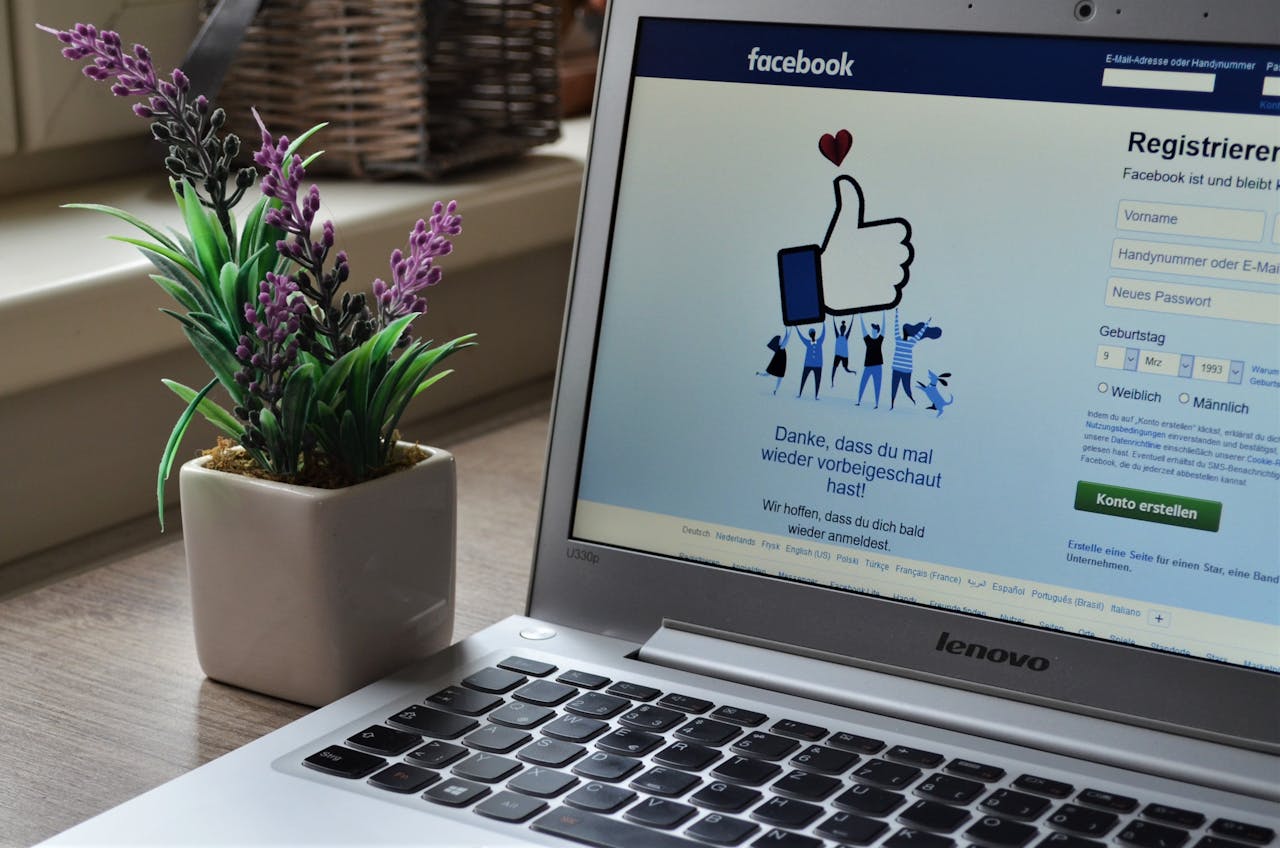The Most Important Inventions Of The 21st Century So Far
The 21st century is almost a quarter over—but the last (nearly) 25 years have been eventful in the context of inventions and innovations that meant massive changes in human advancement from the technological boom of the latter half of the previous century. Let's go over some of the most important inventions of the 21st century so far.

Artificial Intelligence
Whilst artificial intelligence isn't a 21st-century invention—it's been around as a field of study since 1956, following a workshop at Dartmouth College, New Hampshire—its proliferation in the 21st century is undeniable. From artificial intelligence programs like ChatGPT that can create essays, papers, and even imagery from just a few prompt words, to facial and speech recognition software and much more, AI has provided us all with food for thought as to the power we give to technology.
Nike GO FlyEase Shoe
Nike's GO FlyEase shoe is a slip-on and -off shoe aimed at wearers with disabilities who struggle with use of their arms or hands. They're designed with a hinge in the middle and surgical tubing woven into a midsole tension band, allowing the shoe to move seamlessly for stepping into and out of the shoe. The shoe was invented by Nike in 2021.
 Deere Kumphaitoon, Shutterstock
Deere Kumphaitoon, Shutterstock
COVID-19 Home Testing Kits
During and immediately after the COVID-19 pandemic, home testing kits were made available to individuals who felt like they had symptoms of COVID-19. This invention, created by medical science professionals like Abbott, ACON, and others, enabled people to test for COVID-19 at home, reducing the possibility of infecting others if they were positive and had to go out and get tested at a testing site.
ECOFlow Power Stations
Portable power company EcoFlow has been around since 2017, bringing all of the functionality of a gas-powered generator into a much smaller package. Aimed at campers, van-lifers, and homeowners who want something small but powerful, EcoFlow Power Stations are powered by rechargeable Lithium-ion batteries.
 Houston Chronicle/Hearst Newspapers, Getty Images
Houston Chronicle/Hearst Newspapers, Getty Images
Modern GPS
While GPS has been around since the 1970s, up until 2000, its "Selective Availability" feature meant that it was only accurate (for civilians) up to 330 feet. In 2000, President Bill Clinton waived the military-exclusive "Selective Availability" policy, allowing for GPS to be accurate up to 16 feet.
E-Readers
While the E-Ink Corporation may take credit for inventing the first e-reader in 1997, it wasn't until 2004, when Sony released the Sony Reader, that electronic paper and e-reading really took off. In 2005, when the Amazon Kindle was released, it sold out within five and a half hours.
Electric Vehicles
While this might be classified more as an "innovation", Tesla's Model S blew the EV market wide open when it was launched in 2012. It demonstrated that EVs could be more than just a fad or bad substitutes for gas-powered vehicles. It's led to an explosion in the EV market in the last decade or so and has meant that electric vehicles are becoming more popular.
 Dllu, CC BY-SA 4.0, Wikimedia Commons
Dllu, CC BY-SA 4.0, Wikimedia Commons
Fitbit
While watches have been around for time immemorial, the Fitbit was the first wearable health-tracking "smart watch" that enabled users to track their health and fitness goals and progress as they ran or exercised.

Sign up to our newsletter.
History’s most fascinating stories and darkest secrets, delivered to your inbox daily. Making distraction rewarding since 2017.
mRNA Vaccines
mRNA vaccines were developed in 2020 as a vaccination method to combat the Coronavirus that spread around the world during the COVID-19 pandemic. Unlike traditional vaccines, mRNA vaccines are easier and quicker to produce and instruct the body to create a microbial response, rather than an immune response. This allows the body to respond to an infection more quickly.
Biometrics
While fingerprinting has been around since the turn of the 19th century, biometric recognition technology is a 21st-century thing. It was first popularized in the iPhone in 2013, as Apple adapted existing tech to read fingerprints, and then did it again with facial recognition technology in 2017.
Google Glass
Google is at it again, this time with high-tech glasses that transmit information and images onto the lenses, based on the selections by the user, made from a small touchpad on the arm of the glasses. Google Glass released their first pair of Google Glasses in May, 2014.
Wireless Charging Stations
We've all been there—scrambling to find the right cable for our phones, or having reduced our phone's charging port to smithereens by jamming the charging cable in there. Well, that's why Palm invented the Palm Pre in 2009, and integrated wireless charging capabilities into a smart phone for the very first time. Nowadays, wireless chargers are commonplace.
Sustainable Food Production
While there are many avenues to explore in sustainable food production, lab-grown meat is one of the most impressive inventions of the 21st-century. Using animal cells grown in a lab, lab-grown meat was first patented by dermatologist Wieter Westerhoff.
3D Printers
While 3D printers have been around since the 1990s (in any great capacity), their proliferation in the 21st century can be attributed to British mathematician Adrian Bowyer, who designed and distributed plans that would allow users to print the parts for their 3D printers. Open-source software and affordable printers have made 3D printing much more accessible.
Augmented Reality
Augmented reality (AR) is one which blends reality and virtual reality by overlaying digital graphics onto live footage. While first conceived of in 1901, AR's first major breakthrough, technologically, came in 2004 when Trimble Navigation unveiled an outdoor, helmet-mounted AR system.
 Kai Kowalewski, CC BY-SA 4.0, Wikimedia Commons
Kai Kowalewski, CC BY-SA 4.0, Wikimedia Commons
Birth Control Patch
Also known as the "transdermal contraceptive", the birth control patch was developed in 2002 by Ortho-McNeil Pharmaceutical as an alternative to the birth control pill and other methods. It delivers a daily dose of hormones through the skin for contraception.
Blockchain
Blockchain is a form of digital ledger that each party to the ledger can add to. Blockchains are stored on networks that are person-to-person. They are most commonly used to keep track of Bitcoin currency exchanges. Blockchains were invented by Satoshi Nakamoto in 2009.
Capsule Endoscopies
Unlike the uncomfortable procedure of having a tube shoved down your throat, capsular endoscopies come in pill-form. The technology encapsulates a camera, light, and transmitter in a vitamin-pill sized capsule. Though the technology was theorized in the 1980s, the FDA didn't approve the technology for use until 2001, when presented with a patent by Given Imaging.
 Euchiasmus assumed, Wikimedia Commons
Euchiasmus assumed, Wikimedia Commons
Artificial, Portable Pancreases
While artificial pancreases have been around since the 1970s, saving the lives of T1 diabetics the world over, the more modern version—a small, portable artificial pancreas—was approved for use by the FDA in 2016 and features an insulin pump, a glucose monitor and a glucose meter. The technology was developed by Medtronic.
Gene Editing
While the ethics of gene editing is a discussion for another day, the technology known as CRISPR was discovered in 2012 by three research teams from UC Berkeley, Harvard, and the Broad Institute. So far, it's been used positively to combat the spread of Lyme disease by altering the genes of mice and mosquitoes.
Digital Assistants
If you start your morning by asking Google or Alexa to turn your lights on, you can thank Apple for that. They invented the first digital assistant, Siri, in 2011, for iOS. Originally only available on Apple devices, it wasn't long before competitors caught on and now we're all asking a computer to do things for us.
Retinal Implants
No, not like something out of Terminator or Star Trek. Retinal implants are visual prosthesis for patients who've partially or completely lost their sight. The Argus I retinal implant, designed by Second Sight Medical Products in California, was first tested on patients in 2001. Argus II was approved by the FDA in 2013.
The Blackberry
Often considered the "OG" smartphone, the Blackberry was released in 2002 by Research In Motion, a technology company based in Ontario, Canada. The touch-screen capable and keyboard-inclusive Blackberry was invented by Mike Lazaridis and the team at RIM and paved the way for other modern smartphone manufacturers.
 Cheon Fong Liew, CC BY-SA 2.0, Wikimedia Commons
Cheon Fong Liew, CC BY-SA 2.0, Wikimedia Commons
Multi-Use Rockets
While we're used to seeing rockets blast off into space, we're not used to seeing them come back again to be re-used and returned to orbit. Tesla offshoot SpaceX designed just such a rocket—the Falcon 9—and launched it on March 30, 2017.
 ColoradoHigh, CC BY-SA 4.0, Wikimedia Commons
ColoradoHigh, CC BY-SA 4.0, Wikimedia Commons
Netflix's Online Streaming Service
While Netflix has been around since 1999 (and therefore not on our list), the company's switch to an online streaming model is unique enough for it to be one of the most important inventions of the century.
YouTube
Three former employees of PayPal—Steven Chen, Jawed Karim, and Chad Hurley—founded YouTube in 2005. They launched the video-sharing site in November of 2005 and today it is the second-most visited website in the world, bested only by Google Search.
Tokenization
Tokenization is a data security method most commonly used in the "Tap" function on your debit or credit cards. The technology works by replacing sensitive data (such as PINs or card numbers) with randomized numbers that are only used once per transaction. This greatly reduces the risk of hacking and identity theft. The first reported use of tokenization was in 2001, when social media website classmates.com used the technology to protect users' identities.
Facebook was built by Mark Zuckerberg, Eduardo Savarin, Andrew McCollum, Dustin Moskovitz, and Chris Hughes in 2003, while the five were still studying at Harvard. It was originally called Facemash in 2003, then renamed to TheFacebook in 2004, before finally becoming Facebook in 2005. It is now the largest social media platform in the world.
Touchscreen Glass
Ever wonder what happened before you could touch your phone and make it do what you wanted? You simply used navigational arrows to navigate around the screen. That was before 2007, when Corning Inc was tasked by Apple to make the original iPhone's glass—a 1.3mm-thick pane of glass that was touch-sensitive, thereby enabling touchscreen functionality.
The iPhone
When it comes to smartphone technology, the Blackberry may have been the first, but the iPhone was a revolution. Breaking with conventional smartphone technology at the time, the iPhone was almost exclusively touchscreen (aided by the aforementioned glass). It featured Internet connectivity, GPRS data connection (2.5G), and so many more features.
 Eli Duke, CC BY-SA 2.0, Wikimedia Commons
Eli Duke, CC BY-SA 2.0, Wikimedia Commons
Self-Driving Cars: A Deadly Convenience?
Self-driving cars are another 21st-century invention from the late 2000s and mid-2010s that has really taken off lately. Self-driving car company Waymo commercialized a self-driven robo-taxi company in 2018, the same year that Elaine Herzberg, a cyclist in Tempe, Arizona, was killed by a self-driven Uber, with a human back-up driver. She was the first person to be reported dead from a self-driving car collision.


































